 250,000 individuals tear their ACL annually. If you’re one of these unlucky people, you understand the pain and suffering associated with the injury and recovery.
250,000 individuals tear their ACL annually. If you’re one of these unlucky people, you understand the pain and suffering associated with the injury and recovery.
What many people don’t realize is that a torn ACL requires maintenance after surgery and rehabilitation.
We’ll break down why that is, and why you should consider professional post-rehab training.
What Leads To A Torn ACL?
The anterior cruciate ligament may become damaged in a variety of ways.
Only a quarter of tears happen through contact, meaning sheer force caused the fibrous ligament to tear.
The remaining 75% of injuries are non-contact. It typically happens through a planting and twisting motion or other exaggerated motions. This puts excessive stress on the ligament.
With that and the quadricep muscle contributing force, the ACL gives out.
Being that most injuries are non-contact, we can assume that body mechanics play a major role. Research suggests the Q angle, an angle between your hip and knee, could be a factor. The bigger the Q angle, the more unstable the knee and ACL.
This may explain why women tend to tear their ACL more than men — they have wider hips.
Other factors include muscle imbalance, instability, improper foot placement, and unequal weight distribution.
Depending on the severity of the tear, surgery may be necessary.
Types of Surgeries
To understand how essential post-rehab training is, you should understand the first part of recovery: surgery.
Surgery options include allografts or autografts.
Doctors create allografts by taking material from an outside source and fashioning it into a new ACL. The surgery and recovery time tends to be shorter with this method, but risks for infection or rejection are higher.
The more common approach is to use an autograft, meaning the doctor creates a graft from part of your own body.
Many doctors prefer patellar tendon grafts due to their strength, stiffness, and superior success rate. Otherwise, they may suggest hamstring grafts, which tend to have longer recovery time but are becoming more popular.
When you recover from surgery, you don’t use your muscles because you must immobilize your knee in a brace for proper healing. Thus, atrophy (shrinkage) of the muscles occurs.
Physical therapy after surgery tends to work towards re-strengthening these muscles. Your new ACL is immediately strong, oftentimes stronger than the original.
It’s the surrounding muscles that need months of rehabilitation — often times longer than your suggested rehab timeline.
Post-Rehab Training For ACL
A huge problem with ending recovery at rehabilitation is that the areas where the doctor got your graft will be weak.
While your ACL and muscles get what they need during rehab, your patellar tendon may need extra love to avoid tendinitis.
The other problem you must consider is the fact that your ACL tore in the first place due to body mechanics. Thus, you should continue strengthening surrounding muscles to prevent future injuries.
Post-rehab training includes hamstring exercises, trunk stability, and single-limb balance and strength.
If you don’t continue your training with a professional after you tear your ACL, you may be susceptible to another ACL tear or similar injury. After the brutal experience you had with surgery and recovery, you know you don’t want to go through that again.
Plus, continuing training ensures you are doing everything you can to get your body back to 110%. This is especially important if you participate in competitive sports and want to continue.
Invest In Your Health
With an understanding of how the ACL becomes damaged, you should realize the importance of continuing training for your torn ACL. Surgery and rehabilitation don’t cut it, as the injury happened in the first place due to the way your body composition is.
Get your post-rehab training started ASAP, or contact us to learn more about how to get your body in optimum condition.

